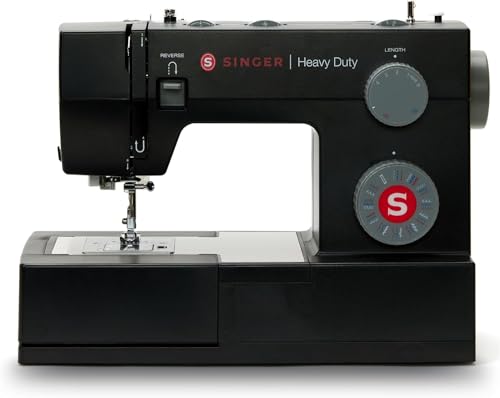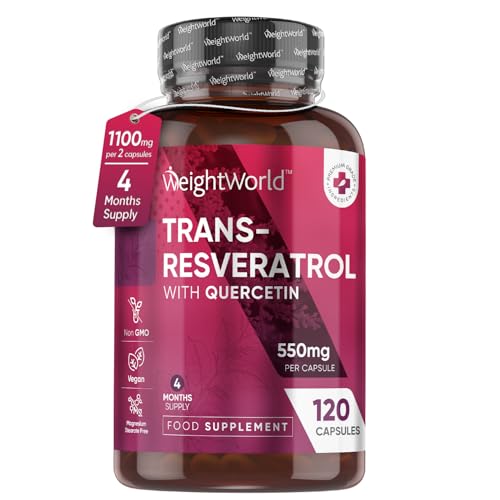Why Choose a Singer Sewing Machine? Discover the Unique Features that Set Them Apart
Trusted Brand with a Rich History
When we think of sewing machines, Singer often comes to mind. This brand has been around for over 160 years, known for its innovation and commitment to quality. Choosing a Singer means opting for a machine that has stood the test of time, offering reliability and efficiency to both seasoned sewists and beginners alike.
User-Friendly Design
Singer sewing machines are designed with the user in mind. Whether you’re a novice or a pro, their intuitive layout and straightforward functions make it easy to get started. Many models offer features like automatic needle threading, which saves precious time and reduces frustration.
Variety of Models for Every Need
Another reason to choose Singer is the large range of machines tailored to various sewing needs. From basic models perfect for small repairs to advanced machines suitable for quilting and embroidery, there’s a Singer machine designed to meet your specific requirements. This variety ensures that we can select the perfect fit based on our sewing ambitions.
Durability and Performance
Durability is crucial, especially for those of us who sew frequently. Singer machines are built with high-quality materials, ensuring they can withstand regular use. Coupled with powerful motors, these machines provide consistent performance that allows us to tackle projects of any size with confidence.
Finding the Right Singer Sewing Machine for Your Needs: A Simple Guide
Assess Your Sewing Skills
It’s essential to consider our skills and experience level when choosing a Singer machine. If we’re just starting out, a model with basic stitches and easy threading will suffice, while seasoned sewers may want more advanced features such as multiple stitch options and adjustable settings.
Identify the Types of Projects
What do we plan to create? Understanding the types of projects we want to undertake can significantly narrow down our choices. For simple garment alterations, a basic model is adequate. However, if we envision making quilts or intricate crafts, opting for a versatile machine with features tailored to those needs will be beneficial.
Budget Considerations
Setting a realistic budget beforehand helps us focus on the models that are financially viable. Singer offers machines at different price points, so we can find one that aligns with our budget without compromising on necessary features. Remember, investing a bit more in a reliable model can lead to better performance and longevity.
Consider Portability
If we plan to take our sewing machine to classes or events, weighing the machine’s weight and portability is essential. Some Singer models are lightweight and come with built-in handles, making them perfect companions for sewing on the go.
Essential Accessories and Tools to Enhance Your Sewing Experience
Sewing Machine Feet
A variety of presser feet can dramatically expand what we can accomplish with our Singer. Investing in a walking foot for quilting or a zipper foot for garment making can make those processes smoother and more efficient.
Quality Needles and Thread
Using the right type of needles and high-quality thread is crucial for successful sewing. We recommend keeping a variety of needles on hand based on our projects. Opt for cotton or polyester thread that matches our fabric for the best results.
Cutting Tools and Mat
Good cutting tools, including fabric scissors and rotary cutters, can enhance precision when preparing our projects. A self-healing cutting mat protects our surfaces and provides a safe and clean area for cutting fabric.
Storage Solutions
As we gather accessories, having a dedicated storage solution ensures everything remains organised. We can look for storage bins or sewing boxes that allow us to keep our tools and fabric neatly arranged and easily accessible.
Tips for Maintaining Your Singer Sewing Machine for Longevity
Regular Cleaning
Keeping our Singer clean is essential for its longevity. Regularly removing lint and dust from the machine’s interior helps maintain optimal performance. We can use a small brush or a vacuum attachment meant for sewing machines to reach those tricky spots.
Oiling the Machine
Just like our cars, sewing machines need lubrication. Following the user manual for oiling instructions will help us ensure smooth operation and prevent wear and tear. Oiling areas prone to friction will extend the life of the mechanical parts.
Proper Threading
Threading our Singer correctly is not only important for producing beautiful stitches but also for preventing jams and other issues. Taking the time to properly thread the machine will improve efficiency and reduce frustration.
Scheduled Servicing
If we use our sewing machine frequently, consider scheduling regular servicing. This proactive approach allows a qualified technician to address any potential issues before they become major problems, ensuring our machine operates at peak performance.
Getting Started: A Beginner’s Guide to Sewing with Your Singer Machine
Familiarise Yourself with the Machine
Before we start sewing, it’s crucial to get acquainted with our Singer machine. We should take time to read the manual, understand the parts, and practice threading and winding the bobbin. Familiarity will help make our sewing experience more enjoyable.
Start with Simple Projects
As beginners, we should choose simple projects to begin with, such as pillowcases or tote bags. These projects allow us to gain confidence while mastering essential skills such as straight stitching and turning corners.
Practice Different Stitches
Exploring the various stitches available on our Singer offers the opportunity to understand their uses. We recommend trying out different stitch patterns on scrap fabric before moving on to our actual projects.
Don’t Be Afraid to Make Mistakes
Every sewist makes mistakes. If we encounter challenges, we should view them as learning experiences rather than frustrations. With each project, our skills will improve, leading to greater satisfaction in our sewing journey.






















